Table of Contents
Making a Living
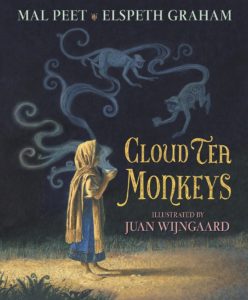 |
In Mal Peet’s Cloud Tea Monkeys (Candlewick, 2010), Tashi’s mother – who works as a picker on a tea plantation – has fallen ill and, without her wages, they have no money to pay the doctor. Tashi is too small to pick tea leaves herself – but she’s helped by a pack of friendly monkeys, who fill her basket for her with the rarest and most wonderful of leaves. The impressed Royal Tea Taster pays Tashi a hefty sum and promises her more in the future. Themes of poverty and unequal working conditions along with kindness and a little bit of magic. For ages 5-9. |
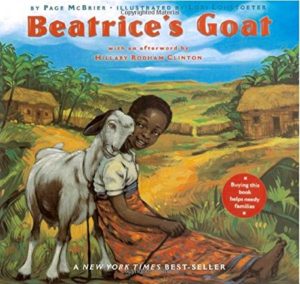 |
By Page McBrier, Beatrice’s Goat (Aladdin, 2004) is the story of a young Ugandan girl who receives a goat as a gift from Heifer International – and by selling milk, is able to save enough money to buy books so that she can attend school. For ages 4-8. |
 |
Heifer International is a non-profit group that works to combat hunger and poverty by providing livestock to struggling families in countries around the world. Visit the website to see how you can help. |
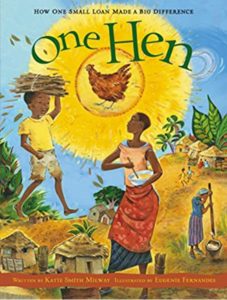 |
By Katie Smith Milway, One Hen (Kids Can Press, 2020) is the story of young Kojo from Ghana who – after his father dies – receives a tiny loan from neighbors. He uses the money to buy a hen – and soon he has a flock of 25 and has earned enough money to enable him to return to school. An appendix explains the microloan system – and how small loans make a big difference for many families. For ages 7-10. |
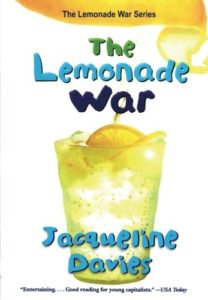 |
By Jacqueline Davies, The Lemonade War (HMH, 2009) – the first of a series – teaches economic theory, math, and marketing through the adventures of siblings Evan and Jessie and their competing lemonade stands. Includes tips for starting your own business. For ages 8-12. |
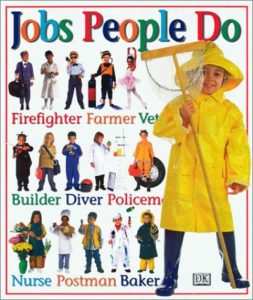 |
Jobs People Do (DK, 2001) is an introduction to careers for young readers, with descriptions of each illustrated with great color photos of kids in appropriate costumes – for example, as a surgeon, farmer, lawyer, ballet dancer, firefighter, and pilot. For ages 3-7.
|
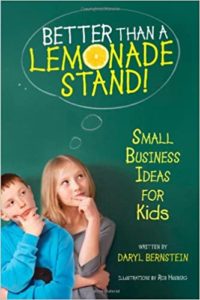 |
Daryl Bernstein’s Better than a Lemonade Stand! (Aladdin, 2012) is a collection of small-business ideas for kids, from babysitting broker and balloon-bouquet maker to house checker, leaf raker, mural painter, website designer, and window washer. For ages 9-14. |
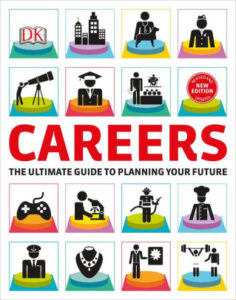 |
Careers (DK, 2015), subtitled “The Graphic Guide to Planning Your Future,” is a cleverly designed overview of over 400 different professions. (Want to be a zookeeper? A game designer? An aerospace engineer?) For ages 12 and up. |
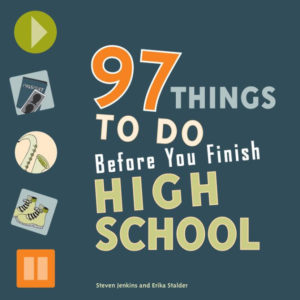 |
By Steven Jenkins, 97 Things to Do Before You Finish High School (Zest Books, 2008) points out that preparing for the future means trying new things and making discoveries along the way. Try going to the theater, joining (or starting) a club, taking a road trip, cooking a three-course meal, joining a political campaign. For ages 13 and up.
|
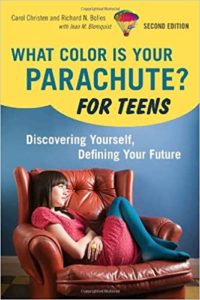 |
By Carol Christen, What Color Is Your Parachute? For Teens (Ten Speed Press, 2015) is a helpful career guide for high-school- and college-level kids, with advice for identifying your interests and skills and using these to pursue a career. Sections are “Discover Your Dream Job,” “On the Way to Your Future,” and “Land Your Dream Job.” For ages 13 and up. |
Barter and Trade
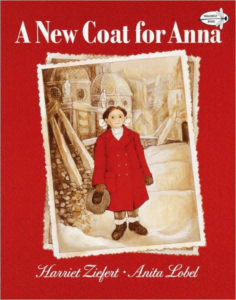 |
In Harriet Ziefert’s A New Coat for Anna (Dragonfly, 1988), Anna needs a coat – but times are hard just after World War II. So Anna’s mother comes up with a plan to trade some of their valuables – such as a gold watch and a porcelain teapot – for wool and the services of a spinner, weaver, and tailor. Finally they throw a Christmas party for all those who have helped in the making of Anna’s coat. For ages 4-8. |
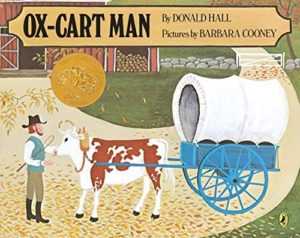 |
Donald Hall’s wonderful Ox-Cart Man (Puffin, 1983) – a Caldecott Medal winner – is the story of the economic life of a colonial New England farm. The ox-cart man loads his wagon with goods from the farm: apples, potatoes, wool from his sheep, shawls and mittens knitted by his wife and daughter, birch brooms made by his son, goose feathers from their flock of geese – and heads to town where he sells these (including the ox and cart) for money; then uses the money to buy provisions for his family, and heads home to start the cycle all over again. For ages 3-8. |
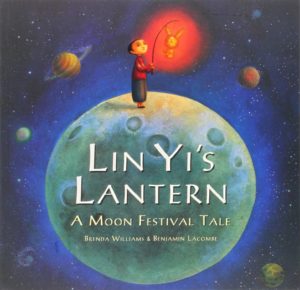 |
By Brenda Williams, Lin Yi’s Lantern (Barefoot Books, 2012), Lin Yi is sent to the market to buy food for the Moon Festival – but hopes, by clever bargaining, that he’ll have enough money left over for a red rabbit lantern. For ages 4-7. |
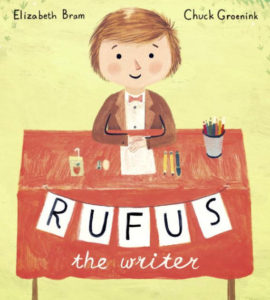 |
In Elizabeth Bram’s Rufus the Writer (Schwartz & Wade, 2015), Rufus – in lieu of a lemonade stand – sets up a story-writing table and swaps stories for “Whatever you think. Surprise me.” For ages 5-8. |
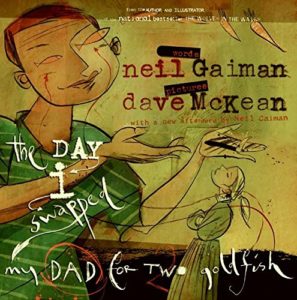 |
In Neil Gaiman’s The Day I Swapped My Dad for Two Goldfish (HarperCollins, 2006), the main character does just that – and then finds that he’s not the only person swapping. It might be tricky to get his dad back again. A riotous read for ages 4-8. |
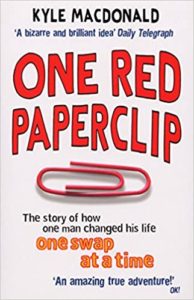 |
Wondering what to give for Christmas? What about…one red paperclip? Kyle MacDonald’s One Red Paperclip (River Grove, 2015) is the story of how Kyle, trade by trade, bartered one red paperclip into a house. For teens and adults. |
